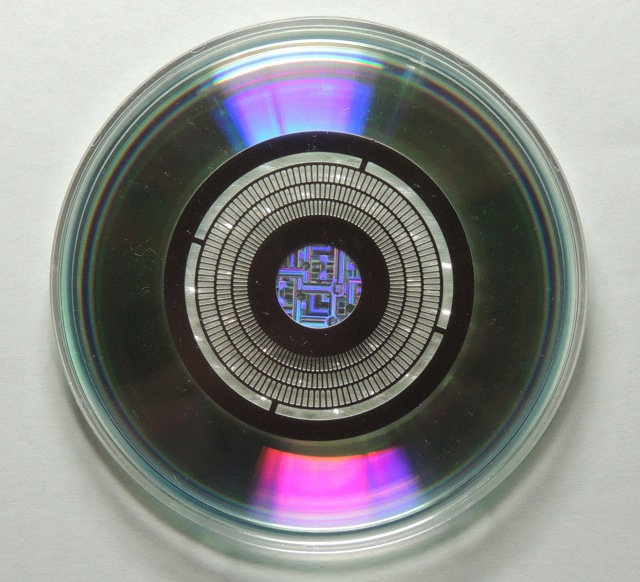This article covers the topic of 5G radiation, which is a non-ionizing type of electromagnetic radiation. Because 5G radiation is so tiny, it doesn't have the capacity to break the chemical bonds of biological tissues or trigger any alteration to cells. It is not known if 5G radiation affects the risk of developing skin cancer. No evidence has been found to suggest that it could cause any other diseases.
High-frequency millimeter wave radiation
High-frequency millimeter wave radiation emitted by mobile phones and wireless networks can cause adverse health effects for humans. There are 5g towers radiation that this radiation can cause harm. In some instances radiation may cause damage to the person's DNA. In other instances it could cause damage to other areas within the body like the brain.
Recent studies have shown that 5G technology could cause tissue heating. In the aftermath, the International Council on Non-Ionizing Radiation Protection (ICNIRP) has called for a review of existing safety standards for biological and thermal radiation. 5g radiation symptoms are not adequate to protect individuals from extreme heat in the event of exposure to pulsed millimeter wave radiation.
Skin cancer risk
There is no definitive answer at present to the question of whether 5G radiation can cause skin cancer. It is however believed that 5G RF-EMFs behave much like high-LET ionizing radiations. As a result, they can produce large amounts of free radicals that can be found in the skin. The FCC has not yet issued any specific guidelines regarding the dangers of 5G technology. Consequently, the debate on the subject continues.
Although there has been a variety of studies that examine the impact of radio waves that are higher frequency on the human body, they have been largely limited in scope. However, there is concern over the effects of millimeter-wavelength exposure on oxidative stress and gene expression. These effects may extend to the skin as well as other organs, like the brain.
Impact on other diseases
An innovative new technology in wireless, called 5G, is rapidly expanding, but scientists are advising against the health risks that could be associated with it. 5G technology is expected to significantly increase the amount of electromagnetic radiation that we encounter in our surroundings. This issue has sparked debates in many nations, including Switzerland. In September 2017, 390 scientists and doctors were in favor of an end to 5G deployment. The motion was not taken seriously by the European Commission, which is in charge of regulating the use of 5G technology.
Therefore it is necessary to conduct more research to determine the health impacts of 5G. However, studies have shown that 5G isn't causing the same negative effects on humans as radiofrequency from the older mobile networks. Additionally, it does not transmit an entirely new strain of coronavirus. In addition, it does not make people more vulnerable to viral infections.

The measurement of exposure
Measurement of exposure to radiation from 5G is an important aspect in making sure that 5G networks are safe. There are two methods to determine exposure. 5g radiation poisoning is measuring the power of radio waves absorption by human tissue. Another is measuring the amount of radiofrequency energy produced from an object. Radiofrequency energy (RF) can be described as an energy source that originates directly from radio receivers.
The United States, the FCC has imposed a restriction on the power density of mobile devices running 5G. These tests only determine power density at just several inches, and it is the FCC does not require measurements of every beam. However, the power density of each beam can be determined through computer simulation. The most extreme scenario is then selected based on the configuration of each beam.
Study limitations
There's been a lot of discussion about whether the effects of 5G radiation are detrimental to human health. 5g radiation , for instance has issued an analysis that concludes 5G technology does not cause health effects in the short term, but there are no studies that have demonstrated long-term impacts. However, this report contains a number of problems and bias in reportage.

The power and frequency of radio waves that generate energy will depend on the frequency. The energy carried by a millimetre wave will be similar to the current radio waves, but they are much less visible and will be ideal for high-density settings, since they will not be block by walls or glass. High-density urban areas would require many smaller, low-power locations, while suburban areas would be better served by 5G stations operating at lower frequency.
